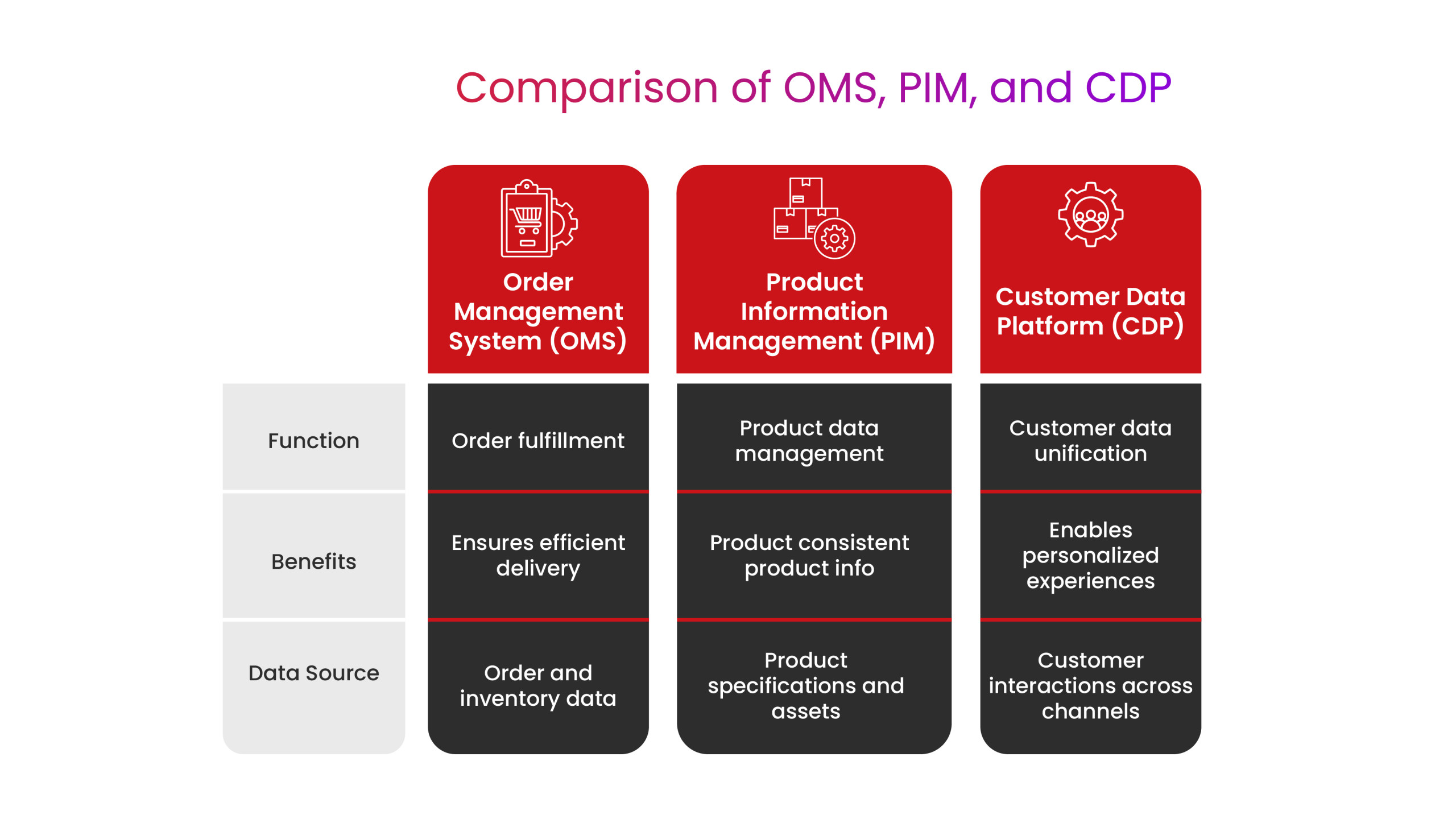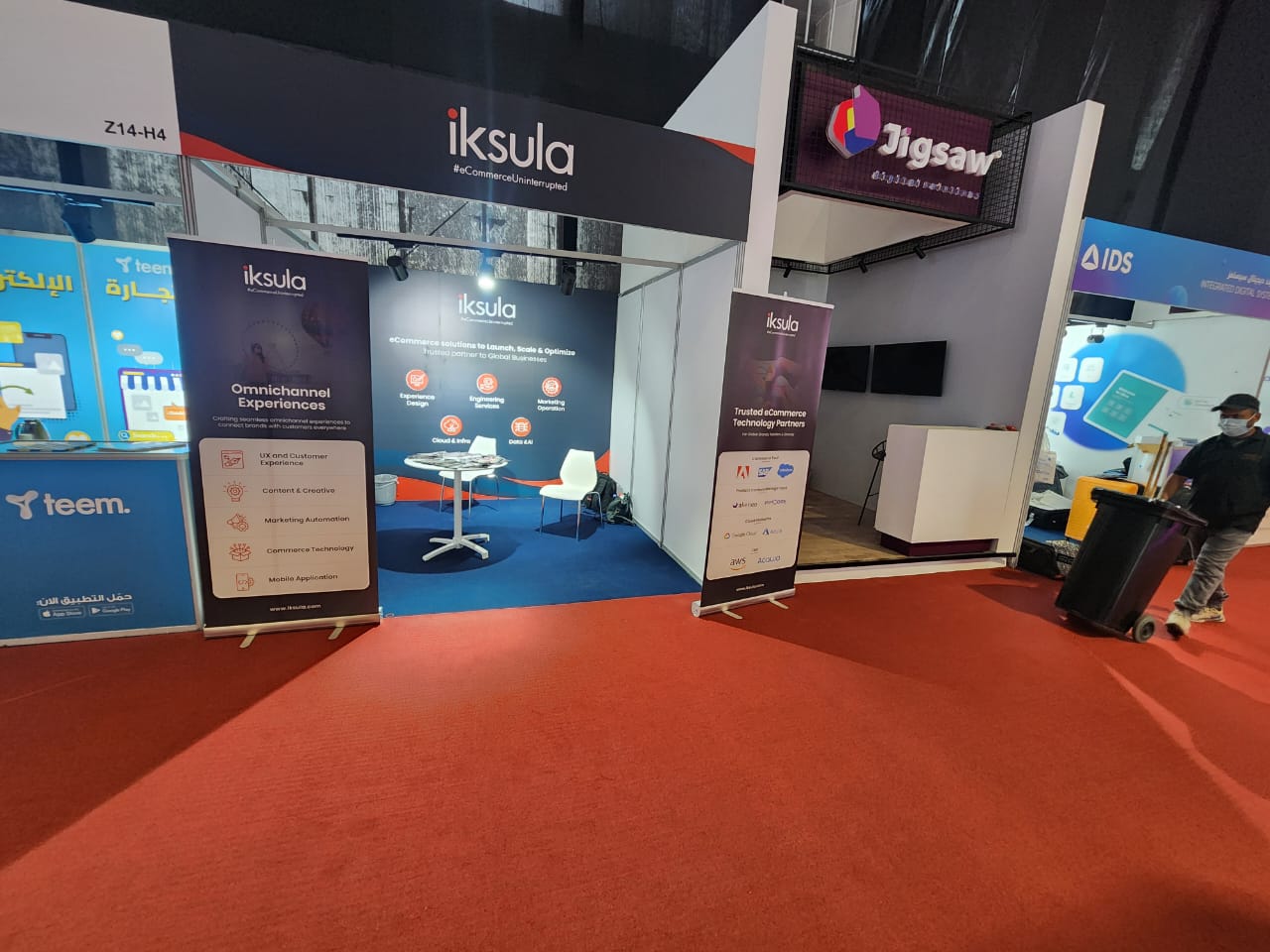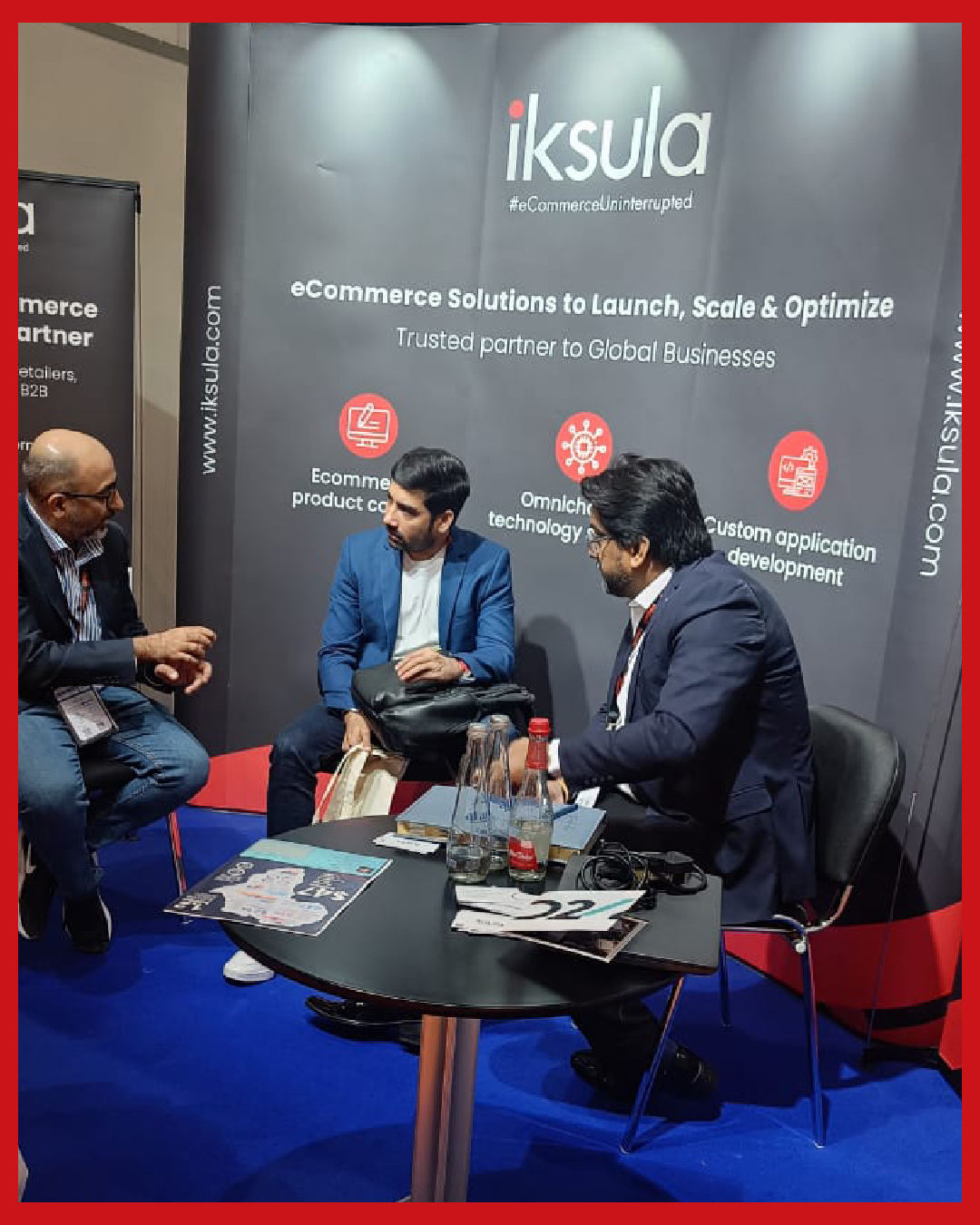SAP Commerce, earlier known as SAP Hybris, continues to be the backbone of digital commerce for many global brands. Its strong architecture and flexibility make it a reliable choice for enterprises aiming to build seamless online experiences. But in today’s fast-paced commerce landscape, even the most robust platforms need specialized tools to deliver what customers truly expect – fast deliveries, rich product content, and deeply personalized interactions.
Many of our clients often ask: Is SAP Commerce enough on its own? The short answer is – it depends on your goals. If your business seeks operational efficiency, omnichannel fulfilment, and data-driven personalization at scale, extending SAP Commerce with best-in-class third-party tools becomes not just an option, but a strategic necessity.
Understanding the Key Tools
Imagine browsing an online store that shows products with incomplete information, takes ages to confirm if your preferred product is available nearby, and then sends generic promotional emails days after your purchase. Frustrating, isn’t it? This is precisely where tools like OMS, PIM, and CDP step in to transform the customer journey.
Order Management Systems (OMS) act as the invisible force connecting online promises with real-world fulfilment. They ensure that when a customer places an order, the system knows exactly where the product is, how fast it can be delivered, and the most optimal way to route it. Without a strong OMS, even the best-designed website risks customer dissatisfaction due to delays or cancellations. We recently shared our perspective on how OMS drives seamless digital commerce, and it’s fascinating to see how brands unlock operational agility with the right order orchestration strategies.
But getting orders right is only part of the puzzle. Think about the product data itself. For customers, detailed, accurate, and consistent product information builds trust. For businesses managing thousands of SKUs across regions and marketplaces, this becomes unmanageable without a Product Information Management (PIM) system. At Iksula, we often recommend solutions like Pimcore to clients who seek flexibility, as it manages not just product data but also digital assets and content under one platform. Our blogs on PIM adoption and trends, introduction to PIM, and PIM use cases explore these capabilities in depth. Ultimately, a PIM acts as the single source of truth, ensuring customers see complete and consistent product details wherever they interact with the brand.
Yet, having the right products and fulfillment isn’t enough in a world where customer loyalty is fragile. This is where Customer Data Platforms (CDPs) come in, weaving data from every touchpoint into a unified customer view. Unlike traditional CRMs or DMPs, CDPs unify first-party data for activation across channels. The difference this makes is immense: from tailored offers based on browsing behaviour to recommending the right products at the right time, CDPs fuel personalization strategies that drive loyalty.
Why Integrate These Tools with SAP Commerce?
For businesses that run SAP Commerce, integrating these specialized tools solves practical challenges. We have seen this firsthand while supporting our clients across retail, manufacturing, and B2B industries.
Integrating an OMS bridges the gap between online sales and backend fulfilment processes. It enables real-time inventory visibility, optimal order routing, and faster deliveries, enhancing customer satisfaction while optimizing operational costs.
Similarly, a PIM integration ensures product data consistency across channels and markets. It reduces manual data errors, improves time-to-market for new products, and supports multi-language, multi-region commerce seamlessly.
On the other hand, CDP integrations unlock powerful personalization capabilities. By combining customer purchase data, browsing history, and engagement signals, brands can create micro-segments and deliver contextual messaging that resonates.
Ultimately, these integrations transform SAP Commerce into a future-ready, composable commerce ecosystem where each component works together to deliver superior customer experiences.
How Do These Integrations Work?
The technical landscape of integrations has evolved significantly. Today, most tools offer RESTful APIs that enable near real-time data exchange with SAP Commerce. API-based integrations are preferred for their flexibility and ability to support dynamic use cases such as live inventory checks or personalized recommendations.
Some businesses use middleware or iPaaS solutions like SAP Integration Suite, MuleSoft, or Dell Boomi to connect SAP Commerce with third-party tools. These platforms simplify integrations, handle data transformations, and ensure scalability without extensive custom development.
At times, direct connectors or pre-built extensions are available from tool vendors themselves. For instance, Pimcore offers connectors for commerce platforms to sync product data and digital assets efficiently, reducing implementation time.
What Challenges Should You Expect?
While integrations unlock immense value, they are not without challenges. Ensuring data consistency between systems is critical, especially when dealing with large product catalogs or high transaction volumes. Poorly optimized integrations can impact site performance, leading to slow page loads or delayed updates.
Cost and complexity also play a role. Integration projects require careful ROI evaluation, considering licensing, implementation, and maintenance efforts. Equally important is change management – training teams to adopt new workflows and ensuring stakeholder buy-in is essential for success.
Real-world Stories from Our Work
Recently, we worked with a leading retail brand to integrate SAP Commerce with an OMS. This enabled them to offer real-time store inventory visibility to customers shopping online, facilitating services like Buy Online Pickup In-Store (BOPIS) and same-day delivery. The result? Improved customer satisfaction and reduced last-mile logistics costs.
For a manufacturing client with over 50,000 SKUs, we implemented Pimcore PIM integrated with SAP Commerce. This centralized their product data management, reduced manual errors, and accelerated time-to-market for new product launches by over 35%.
In the B2B distribution space, we helped a client integrate their SAP Commerce platform with a CDP to unify customer data from multiple channels. This allowed them to create account-specific pricing and personalized product recommendations, leading to a 20% increase in repeat purchases within the first quarter post-implementation.
What Makes Integration Successful?
From our experience, successful integrations start with clear business goals. Whether it is faster fulfillment, better product data governance, or advanced personalization, knowing why you are integrating ensures focused execution.
Choosing the right tools that align with your long-term roadmap is equally important. Establishing strong data governance early avoids downstream issues. Finally, rigorous testing and cross-functional collaboration ensure smooth deployments without business disruptions.
Conclusion
Integrating third-party OMS, PIM, and CDP tools with SAP Commerce is no longer just a technical enhancement – it’s a strategic decision to build a scalable, future-ready digital commerce ecosystem. These tools work together to deliver seamless customer experiences, optimize operations, and drive business growth.
At Iksula, we understand that every integration journey is unique. Our expertise in SAP Commerce implementations, coupled with our experience integrating diverse tools for global brands, enables us to craft solutions tailored to your business goals.
If you’re exploring how to extend your SAP Commerce platform with specialized tools, we’re always here to discuss and support your integration roadmap.









































